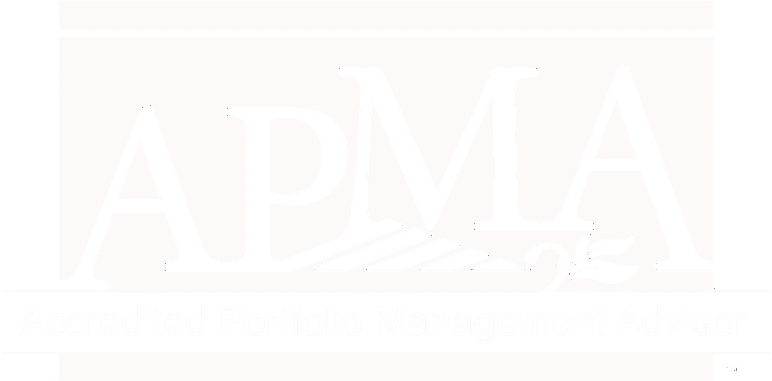
After months of debate, the latest Consolidated Appropriations Act has been signed into law, which includes a new round of economic stimulus during the pandemic. The relief legislation includes an additional round of stimulus checks and extensions to unemployment benefits. Small businesses can take advantage of a greatly expanded Employee Retention Tax Credit if they experienced at least a 20% decline in quarterly revenue, as well as the new forgivable Paycheck Protection Program loan opportunity if revenue was down by at least 25% in any quarter during 2020. In addition, the stimulus includes a wide range of personal income tax provisions, including an extension of the 100%-of-AGI limit on cash contributions to a charity into 2021, the ability to carry forward unused Flexible Spending Account (FSA) balances in 2021, a permanent return to 7.5%-of-AGI for medical expense deductions, the ability to deduct 100% of meals and entertainment expenses at restaurants, and the elimination of the Tuition and Related Expenses deduction for education, which is replaced by an expanded Lifetime Learning Credit. Plus, there’s even more than that. Below is a more detailed look at some of the highlights of the bill that may affect on you.
ADDITIONAL STIMULUS CHECKS
The latest round of stimulus authorized a base credit of $600 per eligible individual for an Additional Recovery Rebate. Eligible individuals include the taxpayer or taxpayers filing the return, as well as any children younger than age 17 for whom a Child Tax Credit may be claimed.
The latest round of stimulus checks largely mirrors the rules and guidelines that were used for the first round of stimulus checks authorized by the CARES Act, with a few notable changes. The most significant change for most people is that the latest round of stimulus checks authorizes a ‘base’ credit of $600 per eligible individual. Eligible individuals include the taxpayer (or, in the case of a joint return, the taxpayers) filing the return as well as any children for whom a Child Tax Credit may be claimed (they must be younger than age 17).
So if you’re a married couple filing jointly, and you have 2 children below age 17, your base for the stimulus check is $2,400 ($600 x 4).
As with the CARES Act, a taxpayer’s base begins to be phased out as their income exceeds an applicable threshold. For every $100 of Adjusted Gross Income (AGI) a taxpayer exceeds the applicable threshold, $5 of Additional Recovery Rebate will be phased out. The AGI thresholds are the same as with the CARES Act:
- Single Filer: $75,000
- Joint Filer: $150,000
- Head of Household Filer: $112,500
Note that the Additional Recovery Rebate is a 2020 refundable credit and will be paid as soon as possible based on the AGI report on your 2019 tax return. If your 2019 AGI was high enough to phase you out from some or all of the Additional Recovery Rebate, but your actual 2020 AGI is lower and produces a larger Additional Recovery Rebate, the difference between the two amounts will be added as a credit when your file your 2020 tax returns. If this is a situation you’re in and you don’t expect to owe taxes, and need the economic stimulus as soon as possible, it’s a good idea to get started on your taxes and file earlier rather than later. Also note that if your 2019 income was low enough to receive a payment now, but your actual 2020 income is high enough that you should have been phased out, you will not have to repay the rebate. There will be no clawback on your 2020 tax return.
NOTE: The House of Representatives has passed legislation that would increase the individual payment to $2,000 and change the “children” qualification to “dependents.” The legislation still needs to pass the Senate and be signed by the President to actually take affect. This post will be updated if that happens to reflect the changes.
EXTENDED FEDERALLY SUBSIDIZED UNEMPLOYMENT BENEFITS
The CARES Act created or enhanced some out-of-the-ordinary unemployment benefits. Many of those benefits have been extended, or reinstated, via the Consolidated Appropriations Act, including the following:
- Regular Unemployment Compensation extended 11 weeks – Federally-subsidized unemployment benefits were scheduled to end this week, but now will be extended by an additional 11 weeks, covering eligible unemployed individuals through the middle of March 2021.
- Pandemic Unemployment Assistance extended – This fund provides unemployment benefits to individuals who are not normally eligible to receive unemployment benefits, such as self-employed individuals, is also extended to provide benefits for individuals through as late as April 5, 2021.
- Regular Unemployment Compensation increased by $300 for 11 weeks – The passage of the Appropriations Act brings back a reduced version of this benefit for a shorter period of time. Individuals could receive an additional $300 on top of their regular unemployment compensation benefit for 11 weeks. The additional $300 amount can also be paid to individuals receiving Employment Compensation via the Pandemic Unemployment Assistance program.
- Benefits paid during “waiting week” for 11 weeks – Generally, individuals are ineligible to receive unemployment benefits for the first week in which they are unemployed. The CARES Act initially provided Federal funds for states to waive this requirement, and the Appropriations Act extends this relief for an additional 11 weeks.
DEADLINE TO REPAY DEFERRED PAYROLL TAXES EXTENDED TO DECEMBER 31, 2021
On August 8, 2020, a Presidential executive order was signed to allow employees to defer their share of Social Security taxes in an effort to temporarily increase workers’ cash flow. On August 28, 2020, the IRS issued Notice 2020-65, which allowed employers to suspend withholding and paying most employees’ Social Security taxes (6.2% on the first $137,700 in 2020) from September 1, 2020, through December 31, 2020. IRS notice 2020-65 required that employees make up any previously deferred employment taxes ratably by April 30, 2021 in order to avoid interest, penalties, and or additions to tax. The Consolidated Appropriations Act updates the timing of the required repayments to be ratably by December 31, 2021.
REDUCED AGI HURDLE FOR MEDICAL EXPENSE DEDUCTIONS
The Taxpayer Certainty and Disaster Tax Relief Act of 2020, as part of the Consolidated Appropriations Act, restores the AGI hurdle rate for medical expense deductions to 7.5% of AGI for all taxpayers.
ELIMINATION OF TUITION AND RELATED EXPENSES DEDUCTION
The Taxpayer Certainty and Disaster Tax Relief Act of 2020 makes 2020 the last year that the Tuition and Related Expenses above-the-line deduction can be claimed. After 2020, the deduction will no longer be available.
LIFETIME LEARNING CREDIT WITH HIGHER INCOME PHASEOUT
Instead of the Tuition and Related Expenses Deduction, taxpayers will be able to use the Lifetime Learning Credit with a higher phaseout range. The current Lifetime Learning Credit phaseout range is from $40,000-$50,000 for single filers and from $80,000-$200,000 for joint filers. Beginning in 2021, the Lifetime Learning Credit phaseout range will be match the American Opportunity Tax Credit phaseout range, which will be from $80,000 to $90,000 for single filers and from $160,000 to$180,000 for joint filers.
CARES ACT CHARITABLE CONTRIBUTION BENEFITS MODIFIED AND EXTENDED
When the CARES Act was introduced in March 2020, it included some charitable-giving tax benefits. This included an above-the-line deduction for cash contributions made to charitable organizations for individuals who do not itemize deductions. Originally, the deduction was only for 2020 and was capped at $300 for both single and joint filers, but Section 212 of the Taxpayer Certainty and Disaster Tax Relief Act of 2020 extends the benefit to 2021. In addition, only for 2021, it allows joint filers to claim a deduction of up to $600.
The Taxpayer Certainty and Disaster Tax Relief Act of 2020 extends the ability to deduct up to 100% of an individual’s AGI as a qualified contribution when making an all-cash contribution to a charity through the end of 2021. The deduction is for public and private charities, but not a donor-advised fund or a 509(a)(3) supporting organization.
SOME MEAL EXPENSES ARE 100% DEDUCTIBLE FOR 2021 AND 2022
The Taxpayer Certainty and Disaster Tax Relief Act of 2020 allows for a full 100% deduction for meal expenses at restaurants in 2021 and 2022. The 100% deduction is allowed only to the extent that the expenses incurred “for food or beverages provided by a restaurant.”
2019 EARNED INCOME CAN BE USED TO DETERMINE ELIGIBILITY FOR 2020 EARNED INCOME TAX CREDIT AND ADDITIONAL CHILD TAX CREDIT
The Earned Income Tax Credit and the Additional Child Tax Credit both require that an individual have enough earned income to qualify for the full credit. Unfortunately, many individuals who would otherwise be working, through no fault of their own, have been out of work for part or most of 2020 and may not have enough earned income to qualify for one or both credits. The Taxpayer Certainty and Disaster Tax Relief Act of 2020 allows individuals to use their 2019 earned income to calculate the amount they will receive for either credit for 2020.
EXCLUSION FOR DISCHARGE OF QUALIFIED PRINCIPAL RESIDENCE DEBT SCALED-BACK THROUGH 2025
The Consolidated Appropriations Act extends the period of time for which forgiven debt attributable to a primary residence may be excluded from income through 2025, for those who go through a short sale and end out resolving their outstanding mortgage balance with a foreclosure/sale of the home for less than the remaining balance. However, beginning in 2021, the maximum amount of debt that can be discharged is reduced to $750,000 for joint filers and to $375,000 for single filers. It was $2 million and $1 million respectively under the prior law.
RELIEF OPTIONS FOR FLEXIBLE SPENDING ACCOUNTS
Flexible Spending Accounts (FSAs) can be valuable tax-saving tools that are offered by many employers. In general, employees are required to make an irrevocable election as to how much they would like to contribute to such accounts throughout the following year and any amounts remaining unused in the FSA at the end of that year are generally subject to forfeiture. However, employers can provide some relief for these funds by allowing employees to either roll over up to $550 of their remaining FSA balance to the following year or use prior year funds during the first 2½ months of the following year. In an effort to avoid substantial employee forfeitures during the pandemic, the Taxpayer Certainty and Disaster Relief Act of 2020 permits employers to let employees carryover any unused 2020 balances to 2021, and any remaining balances at the end of 2021 to be rolled forward into 2022. Employers are also able to adopt up to a 12-month grace period for 2020 and 2021 unused balances. Finally, FSA plans are also authorized to allow participants to modify future contributions to the FSA during the year for 2021. These are relief options and not requirements for employers, so if you have an FSA it’s recommended to reach out to your employer’s HR department or responsible party to see if the relief has been adopted.
EDUCATOR EXPENSES INCLUDE COVID-19-RELATED SUPPLIES
The COVID-19 tax relief portion of the Consolidated Appropriations Act requires the IRS to produce guidance by February 28, 2021 related to the inclusion of certain COVID-19 prevention-related expenses in the definition of Educator Expenses. The Act states that the IRS should “clarify that personal protective equipment, disinfectant, and other supplies used for the prevention of the spread of COVID–19 are” eligible to be treated as Educator Expenses, provided they were incurred on, or after, March 13, 2020. Therefore, educators buying their own PPE or other COVID-19 supplies for their classrooms will be able to claim a deduction for those expenses as part of their overall Educator Expenses deduction. The maximum amount of total Educator Expenses that are deductible as an above-the-line deduction remains at $250 per educator.
QUALIFIED DISASTER DISTRIBUTIONS AND ENHANCE PLAN LOANS FOR NON-COVID-19-RELATED FEDERAL DISASTER AREAS
The Taxpayer Certainty and Disaster Tax Relief Act of 2020 provides for Qualified Disaster Distributions from retirement accounts and for enhanced plan loans for individuals who qualify based on areas deemed a Federal disaster area between January 1, 2020, and 60 days after the enactment of this legislation. The reason for the declaration (of a Federal disaster area) must be for something other than COVID-19. Qualified Disaster Distribution benefits mirror those of coronavirus-related distributions where they are exempt from the 10% early distribution penalty, the income from the distribution may be split over three years, the distribution may be repaid for up to three years, and a distribution from an employer-sponsored retirement plan is not subject to mandatory withholdings.
Enhanced plan loan provisions include a $100,000 maximum loan limit, ability to take a loan of up to 100% invested balance, and the ability to temporarily delay loan payments.
Qualifications for both benefits include the requirement that an individual has a principal place of residence in the Federally declared disaster area and sustained an economic loss as a result of that disaster.
HOMEOWNER CREDITS
Mortgage insurance premiums remain deductible through 2021, subject to phaseout limits.
The Energy-Efficient Homes Credit and the Qualified Fuel Cell Motor Vehicle Credit are extended through 2021.
A SIMPLIFIED FAFSA AND THE STUDENT AID INDEX
The Free Application For Federal Student Aid (FAFSA) will be getting a makeover. Effective July 1, 2023, big changes will be coming to the FAFSA, including the elimination of the Expected Family Contribution (EFC), which will be replaced with the Student Aid Index (SAI). The number of questions on the FAFSA form will be substantially reduced from the current count of 108. Students who receive full Pell Grants will automatically receive an SAI of $0 unless their actual SAI is negative. Individuals who are not required to file an income tax return as a result of having only modest or no income will be given an SAI of -$1,500 as a default. Other students will calculate their SAI by adding together the sum of their parents’ adjusted income, plus their own income, plus their available assets, in what should hopefully be a simplified formula.
EMPLOYER STUDENT LOAN PAYMENTS EXCLUSION EXTENDED THROUGH 2025
First authorized by the CARES Act earlier this year for 2020 only, the ability for an employer to provide up to $5,250 of tax-free education assistance tax-free to employees is extended through 2025. This exclusion applies to principal or interest payments made directly to a lender or to the employee, making it so neither the employee nor the employer is liable for employment taxes on the amount, and the payment is received income tax-free to the employee.
PAYCHECK PROTECTION PROGRAM 2 (PPP2)
The Consolidated Appropriations Act reopens the original Paycheck Protection Program makes meaningful revisions to the PPP rules (applicable to both the original and PPP2 versions), and provides important clarifications. For those businesses who have yet to receive a loan under the Paycheck Protection Program, the ability to apply for ‘round one’ financing will be reopened. The qualifications and the rules for that program remain largely the same, save for the additional changes authorized by the Act. Those who have already received a loan under the original Paycheck Protection Program, but need additional capital, may be able to receive a second loan under PPP2. PPP2 does have more stringent qualification requirements than the original PPP.
Expenses Paid With Forgiven Paycheck Protection Program (PPP) Loan Funds Are Now Deductible
Under the CARES Act passed earlier in the year, expenses that were paid with forgiven PPP loan funds were not deductible. Under the Consolidated Appropriations Act, those expenses are now deductible, applying to both expenses already paid with original PPP loans that were forgiven and with any new PPP2 loan proceeds that are forgiven.
Additional Expenses Authorized For Use With Paycheck Protection Program (PPP) Proceeds
Four new categories for expenses have been added for which Paycheck Protection Program (PPP and PPP2) proceeds can be be used.
- Covered Operations Expenditures – Payments “for any business software or cloud computing service that facilitates business operations, product or service delivery, the processing, payment, or tracking of payroll expenses, human resources, sales and billing functions, or accounting or tracking of supplies, inventory, records and expenses.”
- Covered Property Damage Costs – Expenses “related to property damage and vandalism or looting due to public disturbances that occurred during 2020 that was not covered by insurance or other compensation.”
- Covered Supplier Costs – An expense of a business involving payment to a supplier of essential goods that is made pursuant to a contract, order, or purchase order that was in effect at any time before the Covered Period with respect to the applicable Covered Loan (or at any time during the Covered Period with respect to perishable goods).
- Covered Worker Protection Expenditures – Operating or capital expenditures related to complying “with requirements established or guidance issued by the Department of Health and Human Services, the Centers for Disease Control, or the Occupational Safety and Health Administration, or any equivalent requirements established or guidance issued by a State or local government, during the period beginning on March 1, 2020 and ending the date on which the national emergency declared by the President under the National Emergencies Act (50 U.S.C. 1601 et seq.) with respect to the Coronavirus Disease 2019 (COVID–19) expires related to the maintenance of standards for sanitation, social distancing, or any other worker or customer safety requirement related to COVID-19.”
Note that PPP funds spent on any of the above expenses will be eligible for forgiveness, but are still subject to the limitations on non-payroll expenses so no more than 40% of the forgiven amount of a PPP loan can be attributable to non-payroll expenses.
Flexibility In The Selection of the PPP Covered Period
The Covered Period of a PPP loan is the period of time during which expenses that are incurred or for which there are payments made can be used in the calculation of determining how much of the PPP loan is forgivable. Under the new legislation, borrowers who had their PPP loan funded on or after June 5, 2020, are able to choose between an 8-week or a 24-week Covered Period.
Additional Insurance Benefits Count As Payroll
Expenses related to group life insurance, group disability, vision, and/or group dental insurance all count towards Payroll Expenses. At least 60% of the forgivable amount of a PPP loan must be attributable to Payroll Expenses.
Borrowers Who Returned Funds Can Reapply
Borrowers who gave back some or all of their loans due to uncertainty regarding qualification, calculation, or other reasons are now allowed to reapply for the maximum allowable loan amount. Lenders can recalculate loan amounts due to changes in regulations that have occurred since a borrower’s loan was initially funded.
Requirements For Paycheck Protection Program Second Draw Loans
Second Draw Loans are for PPP2 borrowers who have already received a loan under the original PPP and have spent those funds. The Consolidated Appropriations Act limits PPP2 loans to business with no more than 300 employees. Under PPP the requirement was no more than 500 employees, so less business will now qualify. The exception for business that provide Accommodation and Food Services still exists. The business also must have experienced a greater than 25% drop in revenue in any quarter in 2020 when compared to the same quarter in 2019. Special rules can apply to business that were in operation by February 15, 20020 but didn’t exist during the same quarter in 2019.
Businesses are generally eligible to receive a loan equal to 2.5 times there average monthly payrolls costs, PPP2 limits the loan maximum to $2 million, which is down from $10 million under the original PPP. There is an exception for business that provide Accommodation and Food Services. Those business, which have a NAICS code starting with 72, may receive loans up to 3.5 times their average monthly payroll costs, and are still subject to the $2 million loan maximum.
EXPANSION AND EXTENSION OF THE EMPLOYEE RETENTION CREDIT
The Employee Retention Credit is a refundable Payroll Tax credit available to certain businesses whose quarterly revenues have declined as compared to an appropriate reference quarter, and is calculated in part based on wages paid to employees. The Consolidated Appropriations Act extends eligibility for affected employers for the first half of 2021, and also increases the amount of wages, per employee, that are eligible for the credit from $10,000 total, to $10,000 per quarter.
The Consolidated Appropriations Act also makes it easier to qualify to receive the benefit, lowering the threshold of a reduction in year-over-year quarterly revenues from 50% to 20%, or if they were fully or partially shut down by government order.
Businesses are also allowed to opt into a so-called Alternative Quarter Election, enabling them to compare revenues to the immediately preceding calendar quarter, instead of the standard year-over-year revenue comparisons, if it would be more favorable.
THERE MAY BE MORE TO COME
These were just the biggest features of the new stimulus legislation. There may be more in the bill that could have a direct affect on you and your taxes, and it’s recommended you talk to your financial and tax professional about your specific situation. There may also be more stimulus and relief benefits to come, especially with the impending start to the Biden presidency.
Updated information will be post here in the Escient Financial Insights blog. Until then, if you have any questions, feel free to...
This content is developed from sources believed to be providing accurate information. The information in this material is not intended as investment, tax, or legal advice. It may not be used for the purpose of avoiding any federal tax penalties. Please consult legal or tax professionals for specific information regarding your individual situation. The opinions expressed and material provided are for general information, and should not be considered a solicitation for the purchase or sale of any security. Digital assets and cryptocurrencies are highly volatile and could present an increased risk to an investors portfolio. The future of digital assets and cryptocurrencies is uncertain and highly speculative and should be considered only by investors willing and able to take on the risk and potentially endure substantial loss. Nothing in this content is to be considered advice to purchase or invest in digital assets or cryptocurrencies.
Enjoying Escient Financial’s Insights?
The weekly newsletter is usually delivered to your email inbox Friday or Saturday, and includes:
- the latest Escient Financial Insights articles
- a brief of the week's important news regarding the markets
- recommended third-party reads
- selected Picture of the Week
Escient Financial does NOT sell subscriber information. Your name, email address, and phone number will be kept private.
















